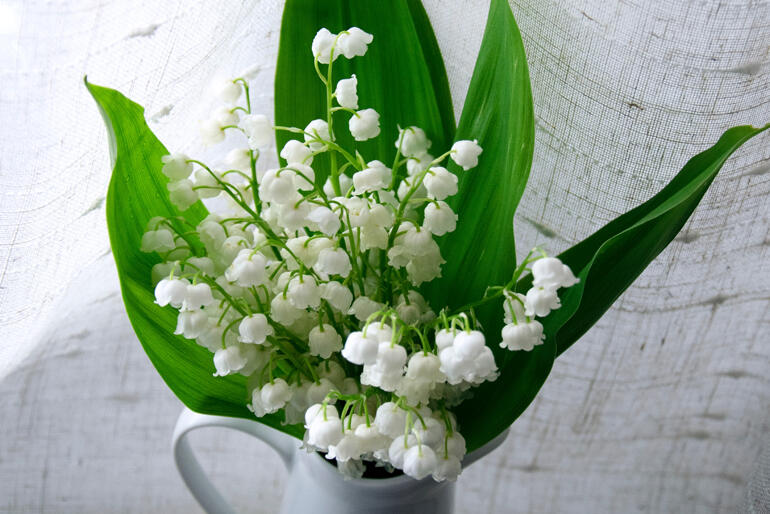
In our house, when I was a little girl, we had a bunch of artificial flowers.
They were lilies of the valley and they fascinated me because they were ‘storybook’ flowers, plants I had read about but never seen.
They were made of plastic: little hard white bells set on solid green stalks, with unlikely plastic leaves that you could slide up and down the stems. Most of the time they looked sad and dusty.
Even when they had been washed no one who gave them even a passing glance would ever have mistaken them for the real thing.
Today artificial plants and flowers are no longer made of hard plastic. When I go into an office or a restaurant I glance at the potted tree in the corner or the vase of flowers on the counter, and I look again. Is that real? It certainly looks real.
The leaves appear soft and flexible. The bark seems rough and variegated. I can’t see any joins on the stems. Are those plants actually alive?
Sometimes they are, and sometimes they’re beautiful imitations, very cleverly made. Without tearing off a leaf, how can I tell the difference?
Two tests. If I come back in a week’s time does the plant look exactly the same? A living thing changes. If it’s alive, the shoots on the tip of the stem will have unfolded.
The half-open bud will have flowered, the immaculate bloom will have drooped.
But I actually don’t need to wait that long. Look at the plant. Is it perfect? Then it’s a fake. Living plants have torn leaves, split bark, imperfect buds. The real thing is never flawless.
I find this an interesting thought. Being alive involves change, mess, mistakes and growth. No living thing stays the same. I don’t like the flaws I find in my own character yet maybe if I was perfect, I would be a sham.
I wonder then why I should ever have assumed that my faith would stay the same?
If it’s alive, if it’s growing, it will change.
Some of my faith assumptions have withered and dropped off like last year’s leaves. One or two twigs that once looked insignificant have turned into unexpectedly strong branches.
The process continues: sprouting here, fading there, untidy, but alive.
There may be an ideal and perfect Christian character in which absolutely correct doctrine is blended in ethically impeccable behaviour.
But if it exists, I bet it’s as artificial as a plastic lily-of-the-valley.

















Comments
Log in or create a user account to comment.